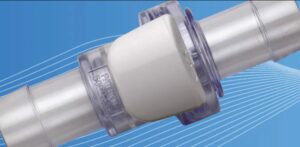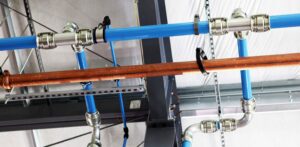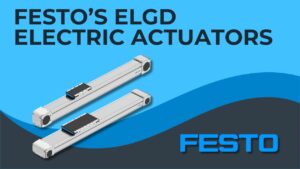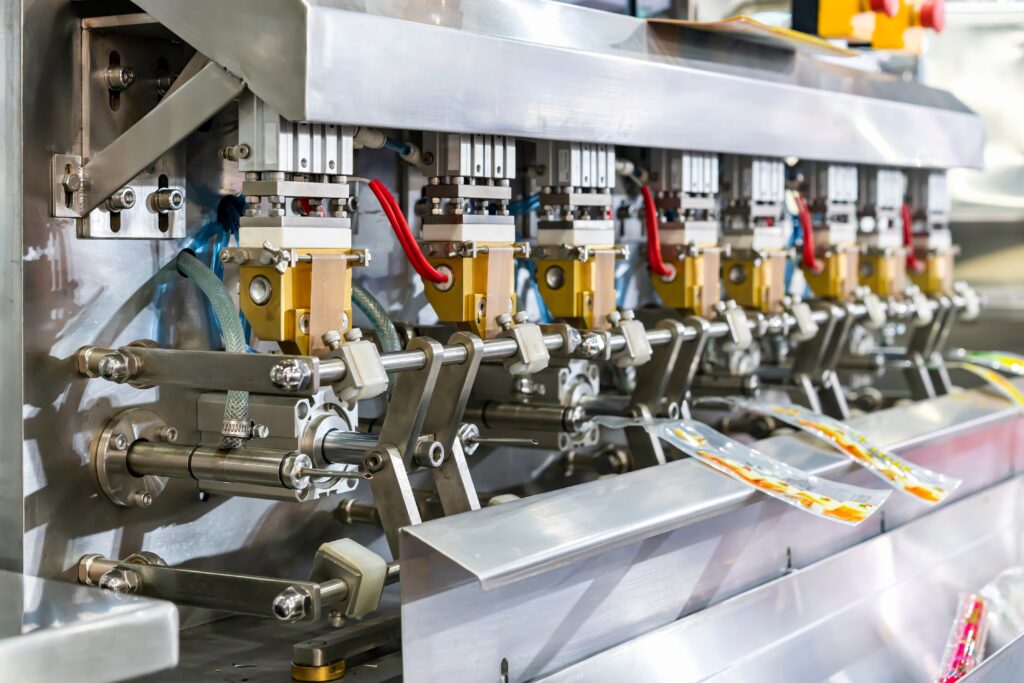
CVL Technical Sales, PennAir’s sister brand since 2024, will be integrated into PennAir on December 19 – same team, stronger capabilities.
- info@pennair.com
- 888-631-7638
- Service Counter: 717-840-1600
CVL Technical Sales, PennAir’s sister brand since 2024, will be integrated into PennAir on December 19 – same team, stronger capabilities.




We’re looking forward to working with you. Whether you have questions about products or services, our team is ready to help.
Setting up a pneumatic system requires careful planning and a clear understanding of the system’s requirements. Common mistakes during setup can lead to inefficiencies, frequent breakdowns, and costly repairs. In this guide, we’ll cover the top five mistakes to avoid when setting up pneumatic systems, helping you create a reliable, efficient system from the start.

Avoiding these common mistakes when setting up a pneumatic system can save time, reduce costs, and improve system performance. Select compatible and properly sized components, prioritize air quality, set the right pressure, and follow a consistent maintenance plan. With these best practices, you’ll ensure that your pneumatic system is efficient, reliable, and built to last.
By avoiding these setup pitfalls, your pneumatic system will operate smoothly, giving you the performance and durability you need for success.
You can see how this popup was set up in our step-by-step guide: https://wppopupmaker.com/guides/auto-opening-announcement-popups/
You can see how this popup was set up in our step-by-step guide: https://wppopupmaker.com/guides/auto-opening-announcement-popups/
You can see how this popup was set up in our step-by-step guide: https://wppopupmaker.com/guides/auto-opening-announcement-popups/
You can see how this popup was set up in our step-by-step guide: https://wppopupmaker.com/guides/auto-opening-announcement-popups/
You can see how this popup was set up in our step-by-step guide: https://wppopupmaker.com/guides/auto-opening-announcement-popups/
You can see how this popup was set up in our step-by-step guide: https://wppopupmaker.com/guides/auto-opening-announcement-popups/
You can see how this popup was set up in our step-by-step guide: https://wppopupmaker.com/guides/auto-opening-announcement-popups/